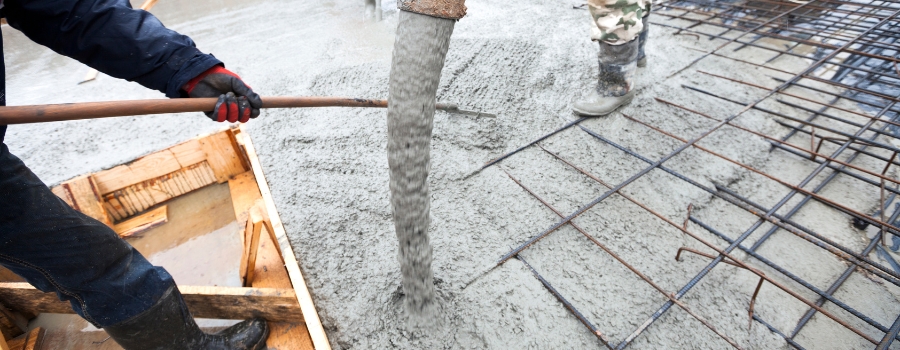
Industrial vs. Residential Concrete Needs in London: Key Differences
The sprawling metropolis of London stands as a testament to architectural diversity and urban expansion. Within its dynamic landscape, concrete emerges as an essential building material that caters to both industrial and residential construction needs. However, these two sectors diverge significantly in their ready mix concrete requirements due to variations in design, scale, regulations, and durability demands. Let us find out the key differences between industrial and residential concrete needs in London, shedding light on the distinctive characteristics that shape their usage.
Design and Aesthetic Considerations
In the realm of residential construction, aesthetics often play a pivotal role. London's residential buildings showcase a rich tapestry of architectural styles, from Georgian townhouses to modern apartment complexes. As a result, concrete usage tends to be more refined and integrated seamlessly with other materials to achieve specific design aesthetics. Exposed ready mix concrete features are carefully finished to match the desired visual appeal, ranging from polished surfaces to textured facades, thereby enhancing the overall curb appeal of the building.
In contrast, industrial structures prioritize functionality and cost-efficiency over aesthetics. Utilitarian in nature, these structures focus on meeting specific operational requirements rather than showcasing artistic elements. As such, the ready mix concrete used in industrial settings is often less refined and might include utilitarian finishes, since the primary concern is to provide a robust foundation or structure that can withstand heavy loads, machinery, and other operational demands.
Scale and Volume
The scale of construction greatly impacts the concrete needs of each sector. Residential projects in London can vary from single-family homes to mid-rise apartment complexes. Consequently, the volume of concrete required for residential projects is generally lower than that needed for industrial ventures. Residential buildings usually require ready mix concrete for foundations, walls, floors, and occasionally, architectural features.
Industrial projects, on the other hand, encompass large-scale warehouses, manufacturing facilities, and infrastructure projects such as bridges and tunnels. These industrial ventures demand a substantial volume of concrete to support heavy machinery, large floor spans, and durable structures capable of withstanding industrial processes and environmental stresses.
Strength and Durability
The durability and strength of concrete are critical factors that differ significantly between industrial and residential applications. Industrial structures face more intense wear and tear due to the heavy machinery, vehicular traffic, and operational activities they host. As a result, industrial concrete must possess higher compressive strength and resistance to abrasion, chemicals, and freeze-thaw cycles. Reinforced ready mix concrete with added durability-enhancing additives is commonly used to ensure a longer service life for these structures.
In residential construction, the focus shifts more towards balancing durability with aesthetic considerations. While residential buildings do not experience the same level of mechanical stress as industrial sites, the concrete still needs to withstand weathering, temperature fluctuations, and occasional impacts. This calls for durable concrete mixes that offer longevity while also being visually appealing.
Regulations and Standards
London's intricate regulatory landscape influences concrete usage in both sectors. The residential sector adheres to building codes and regulations that prioritize occupant safety, energy efficiency, and accessibility. These regulations may impact the choice of concrete additives, fire-resistant properties, and insulation measures, ensuring the well-being of residents.
Industrial projects, subject to their own set of regulations, focus on safety standards, environmental compliance, and structural integrity. Concrete formulations must meet stringent guidelines to support the intended industrial activities and maintain the safety of workers and the surrounding environment.
Conclusion
In the bustling city of London, ready mix concrete serves as the backbone of both industrial and residential construction. However, the unique demands of each sector lead to distinct concrete requirements. While aesthetics, scale, strength, and regulations shape these differences, both sectors share a common goal: to create structures that contribute to the vibrancy and functionality of the city. Recognizing these disparities in concrete needs is essential for architects, engineers, and builders as they navigate the diverse landscape of construction in this global metropolis.